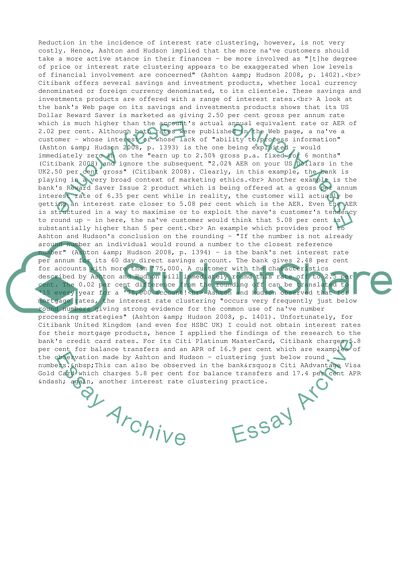Cite this document
(“Marketing of financial services Essay Example | Topics and Well Written Essays - 1500 words”, n.d.)
Retrieved from https://studentshare.org/business/1510973-marketing-of-financial-services
Retrieved from https://studentshare.org/business/1510973-marketing-of-financial-services
(Marketing of Financial Services Essay Example | Topics and Well Written Essays - 1500 Words)
https://studentshare.org/business/1510973-marketing-of-financial-services.
https://studentshare.org/business/1510973-marketing-of-financial-services.
“Marketing of Financial Services Essay Example | Topics and Well Written Essays - 1500 Words”, n.d. https://studentshare.org/business/1510973-marketing-of-financial-services.


